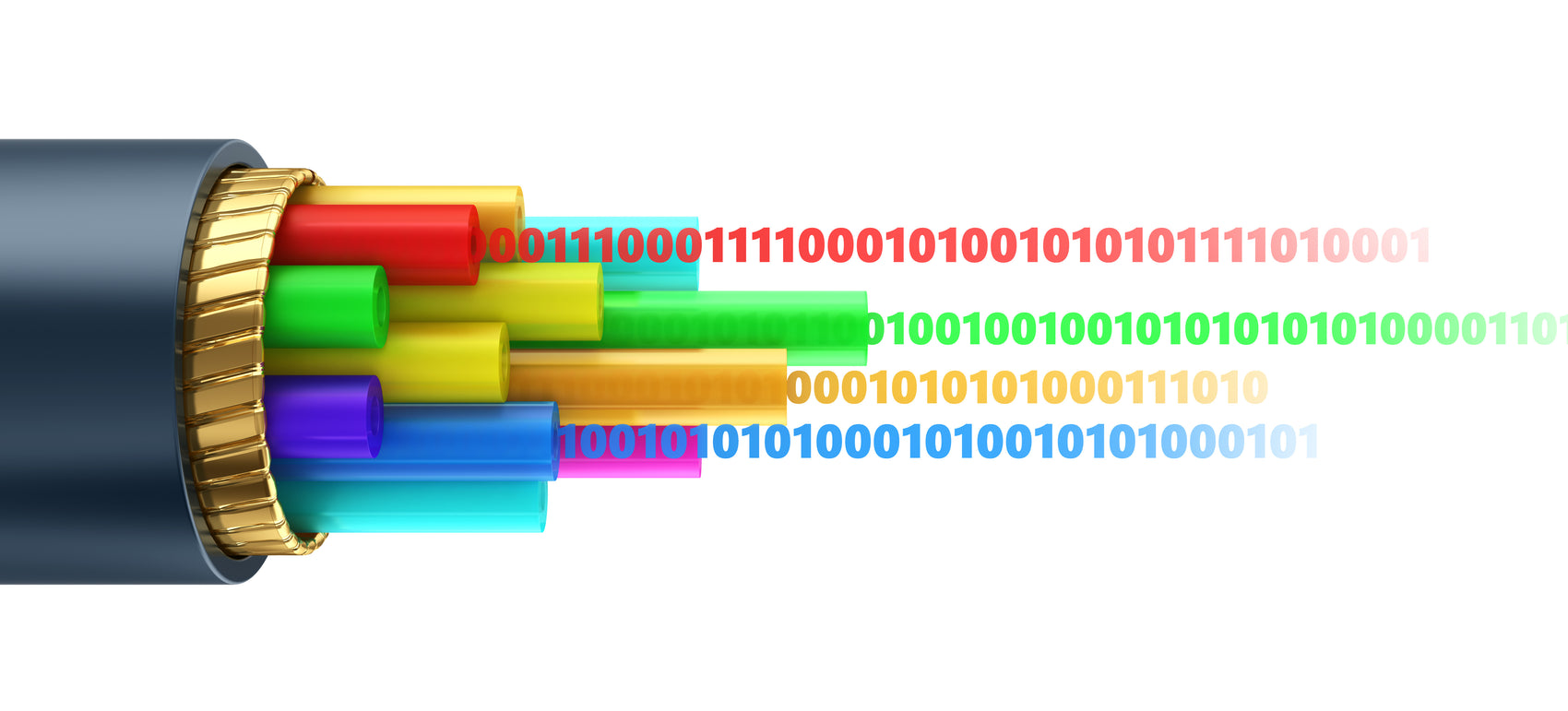Fiber patch cords are not as straight forward as their copper counterparts, there are multiple connector types to consider when building and maintaining a physical network. In this article, we are going to describe the commonly found fiber connector types and “polish” types. Want to know more about how fiber optics are used in data center environments? See this article about optical headroom from C&C Technology.
Connector Types

SC Connector
The SC connector is commonly called:
- Subscriber Connector
- Square Connector
- Standard Connector
The connector itself is a “Snap-In” or “Push/Pull” type that snaps into place when inserted into an SC style receptacle. It has a 2.5mm ferrule and is commonly used in both simplex and duplex configurations.

ST Connector
Known as a “Straight Tip” connector, usually found on Multimode cables and networks. The connector body is a bayonet type that twists to lock or unlock itself, it has a 2.5mm ferrule that protrudes from the connector body.

LC Connector
The LC connector is commonly called:
- Lucent Connector
- Little Connector
- Local Connector
These connectors are Snap-In just like the SC connector but are half the size, and therefore has a 1.25mm ferrule. They are commonly used to connect SFP, CFP modules, etc.
MTRJ - This connector is only used for MultiMode cables and (sort of) looks like an RJ 45 connector on a regular copper patch cable. The acronym stands for “Mechanical Transfer Registered Jack”, or “Media Termination Recommended Jack”. It has a single ferrule that both fibers are mounted in.
Polish Types

PC - Physical Contact
The Physical Contact polish type has a slight dome at the end of the ferrule, this helps to maximize the signal being transmitted and lower return loss. This polish type is most commonly found with pre-made OM1, OM2, OM3, and OM4 fiber patch cords.

UPC - Ultra Physical Contact
The Ultra Physical Contact polish type has more extensive polishing than the PC type, this creates a better contact/signal than the PC type. However, this polish type is not as robust as the PC polish type. Repeated connections and disconnections will cause degradation of the surface and ultimately reduce performance.

APC - Angled Physical Contact
The Angled Physical Contact type is (unsurprisingly) polished at an angle instead of a dome shape. This polish type has the lowest back reflection of the three types, it can also sustain many connections and disconnection cycles without the degradation that the UPC type suffers from. APC ferrules typically have a return loss of -60dB vs. the -50dB of UPC ferrules.

